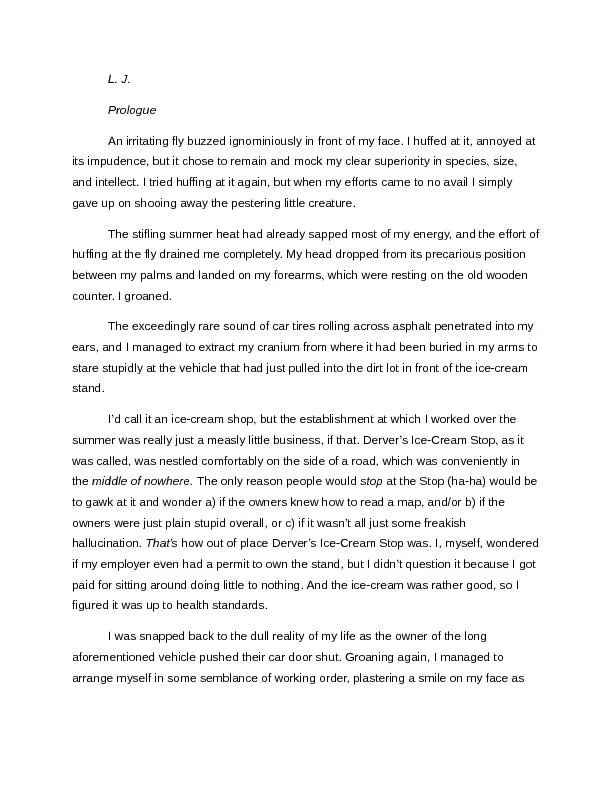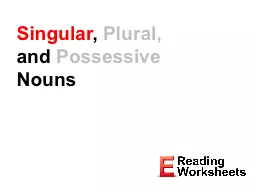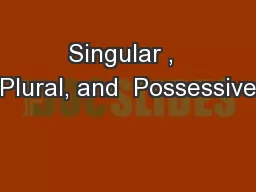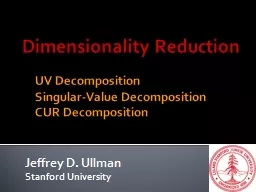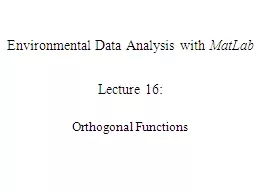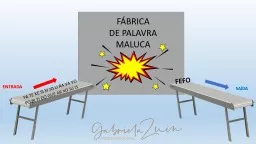PPT-Singular Values of the GUE
Author : cheryl-pisano | Published Date : 2018-02-23
Surprises that we Missed Alan Edelman and Michael LaCroix MIT June 16 2014 acknowledging gratefully the help from Bernie Wang GUE Quiz GUE Eigenvalue Probability
Presentation Embed Code
Download Presentation
Download Presentation The PPT/PDF document "Singular Values of the GUE" is the property of its rightful owner. Permission is granted to download and print the materials on this website for personal, non-commercial use only, and to display it on your personal computer provided you do not modify the materials and that you retain all copyright notices contained in the materials. By downloading content from our website, you accept the terms of this agreement.
Singular Values of the GUE: Transcript
Download Rules Of Document
"Singular Values of the GUE"The content belongs to its owner. You may download and print it for personal use, without modification, and keep all copyright notices. By downloading, you agree to these terms.
Related Documents




